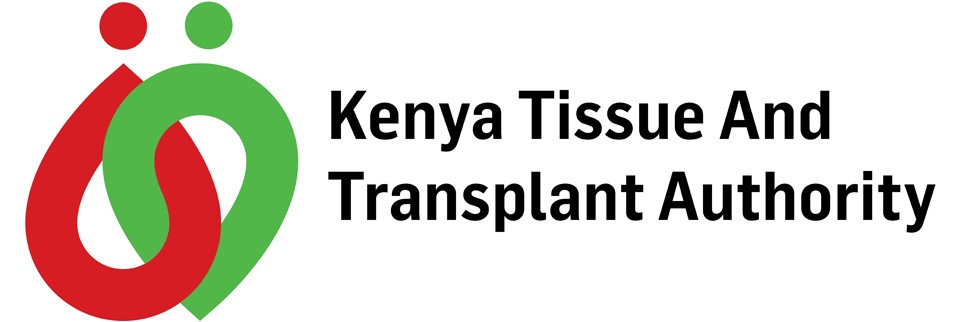After Donation
Post donation:
Keep the strip bandage on for the next several hours; to avoid a skin rash, clean the area around the bandage with soap and water.
Don’t do any heavy lifting or vigorous exercise for the rest of the day.
If the needle site starts to bleed, apply pressure and raise your arm straight up for 5-10 minutes or until bleeding stops.
If you experience dizziness or light-headedness, stop what you’re doing and sit down or lie down until you feel better; avoid performing any activity where fainting may lead to injury for at least 24 hours.
Keep eating a well-balanced diet especially one rich in iron.
Ready to Help Save a Life?
Find a convenient blood drive near you and schedule an appointment to donate today.


